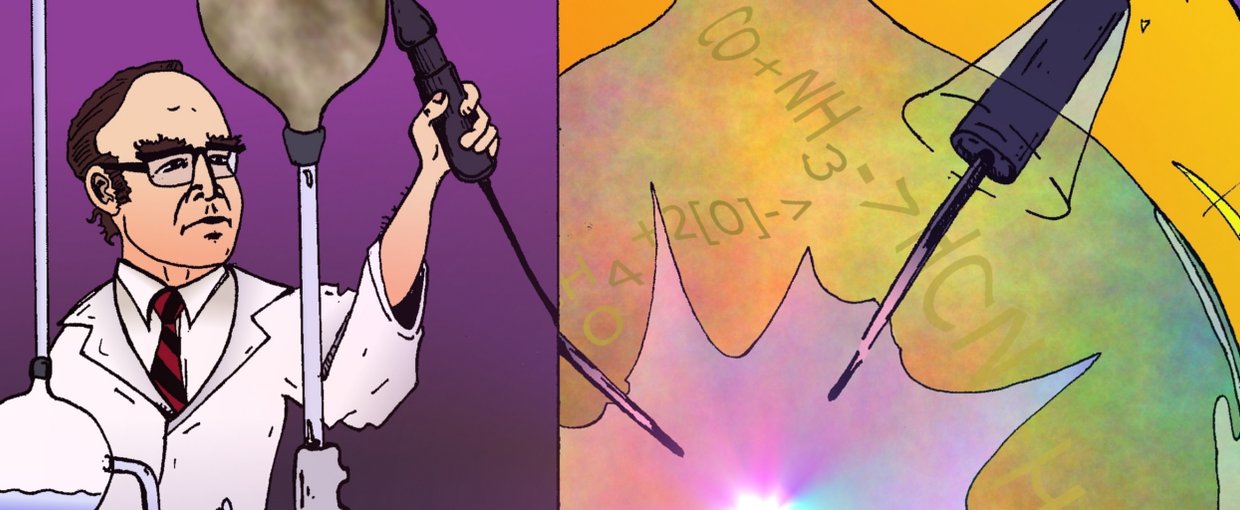
A new NASA-supported study has shown that a potential hurdle in origin of life chemistry, known as the Miller paradox, may not be as much of a complication as previously thought.
Life on Earth is thought to have arisen from chemical reactions that happened early in our planet’s history. It all began with simple reactions between molecules, which then produced more complex molecules. These products then became involved in new reactions, leading to growing chemical complexity. Eventually, large molecules essential to life as we know it were formed, and then became organized into the first living cells.
However, one problematic aspect of this process is that some of the necessary reactions can produce molecules that inhibit the formation of key molecules that are essential for life. Specifically, the molecule glycolonitrile inhibits the synthesis of sugars and nucleobases. This has become known as the Miller paradox.
In the new study, researchers examined the products of reactions between ammonium cyanide and formaldehyde. What they found is that several nucleobases and analogs of nucleobases were produced, suggesting that the Miller Paradox may not be as detrimental as previously expected. The paper addresses possible explanations for how chemical reactions proceed in order to form these important prebiotic molecules despite the potential presence of glycolonitrile.
The study, “Addressing the Miller Paradox and the Prebiotic Synthesis of Nucleobases,” was published in the journal American Chemical Society: Earth and Space Chemistry.
